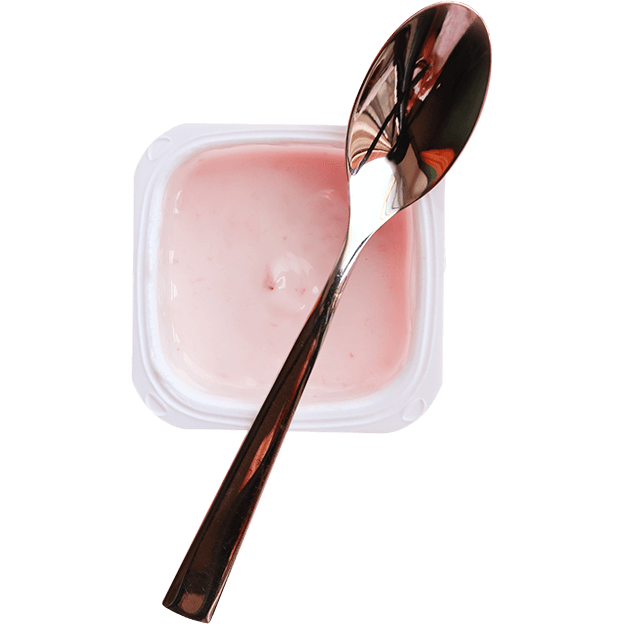Exploring the importance of texture in dairy

Texture is an important sensory component of any food. But how do you reduce sugar while maintaining texture in yogurt?

Just as consumers, for decades, embraced low-fat diets out of health consciousness, many now perceive sugar to be a problem, and are looking to reduce their intake.
This sea-change in thinking can be attributed to a number of trends — from a growing body of research around sugar, to rising diabetes and obesity rates, to legislation aimed at reducing sugar consumption around the world.
Many are pointing to dairy food and beverage producers as those who are in the best position to seize these trends as an opportunity. After all, using an enzyme called lactase, reducing sugar in dairy products is done easily enough, right?
Texture: a critical sensory component of any food
Well, as is often the case, there’s more to this story. Sugar doesn’t just contribute sweetness to foods. It also contributes to the overall sensory experience of eating a particular food, including texture. In fact, research has shown that texture is just as important as taste in food formulation — and this is especially true of dairy.1
When you eat, all five senses are engaged: from the sound of milk as it’s poured into a glass, to the softness of mozzarella as you bite into a slice. And once you’ve had a certain food, you’ll forever have a mental image of what the experience should be. As humans, this experience plays such a large role that our texture awareness is increased when those expectations are violated.2
So, it’s no wonder that food manufacturers and formulators take such pains to consistently recreate the ideal textural experience for consumers.
Reduce sugar while maintaining texture in yogurt
Those in the dairy industry may find yogurt to be tricky in this regard. Data gathered from Innova Market Insights found that 20% of U.S. consumers list “indulgence” as a key driver in their dairy drink and yogurt purchasing decisions.3 And so, yogurt producers now use texture claims to position their products as indulgent, using such terms as “creamy,” “smooth” and “thick.”4
The challenge? Well, as we mentioned earlier, yogurt is often a product where sweetness is valued and sugar is added. The trick, then, is to reduce sugar while still giving consumers the indulgence they expect.
Using enzymes to naturally strike the right balance
Enzymes can actually be used not only to reduce sugar and increase sweetness, but as a natural method of preserving texture once that pesky lactose has been broken down.
Unfortunately, not all lactases will have this level of performance, especially in the presence of fruits. Lower-grade lactases will create texture issues, such as grittiness, as well as flavor issues over time. So it pays to be picky.
Of course, yogurts, as well as beverages that are a mix of milk and juice, may also incorporate fruits into the sensory experience. Here, too, enzymes can be a natural resource, as they can help sustain the vibrant color and natural integrity of commonly used fruits like strawberries and blueberries.
That way, the fruit in your yogurt not only tastes and feels like it should — it looks like it, too.
Want to learn more?
Take a look at our other articles on the issues surrounding taste and texture in dairy foods and beverages.
Sources:
- Capdepon, Claude. “Creating the perfect texture for dairy products and confectionary.” Rousselot, April 2018.
- Capdepon, Claude.
- “Taste & Indulgence in Dairy: Indulgent Innovation for Differentiation.” Innova Market Insights, July 2016.
- “Technically speaking: Creating an indulgent texture in organic yogurt with Dairyblend YG OG 6.” TIC Gums, 2016.